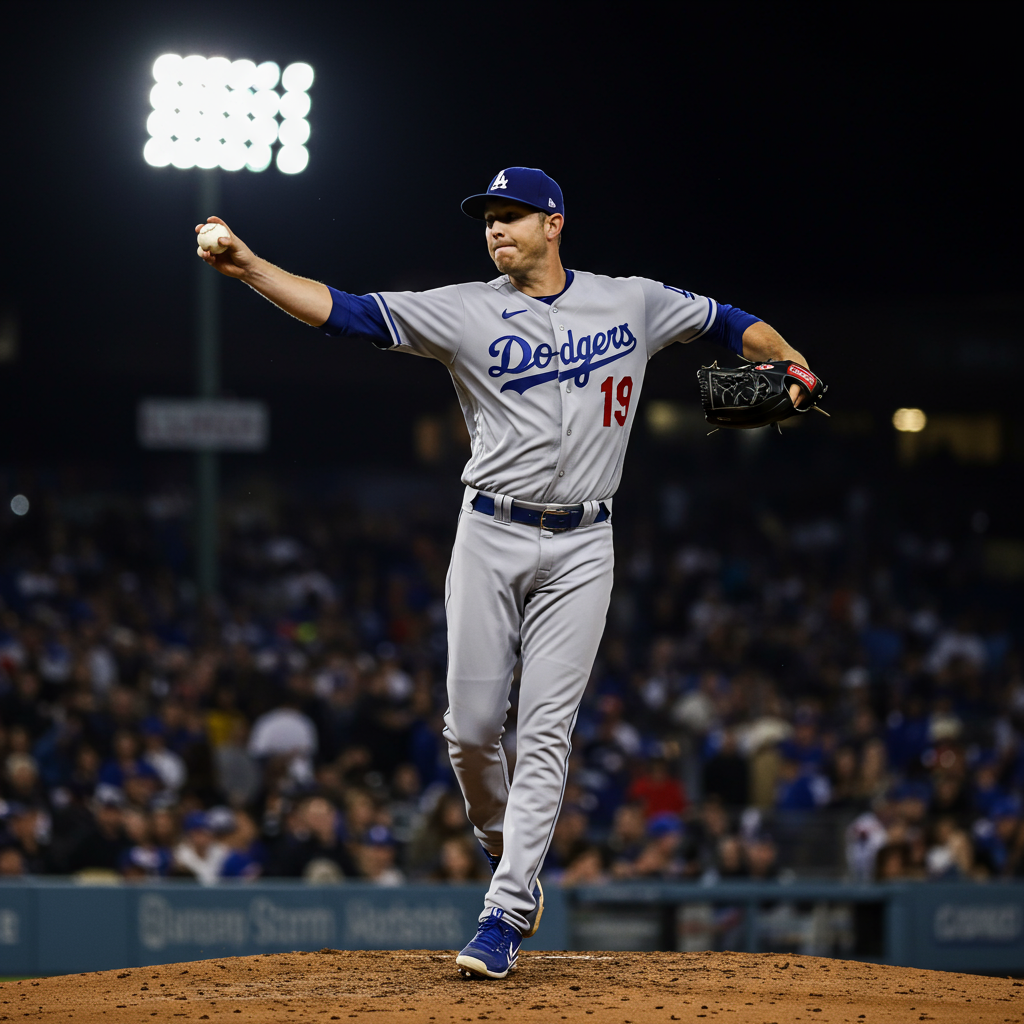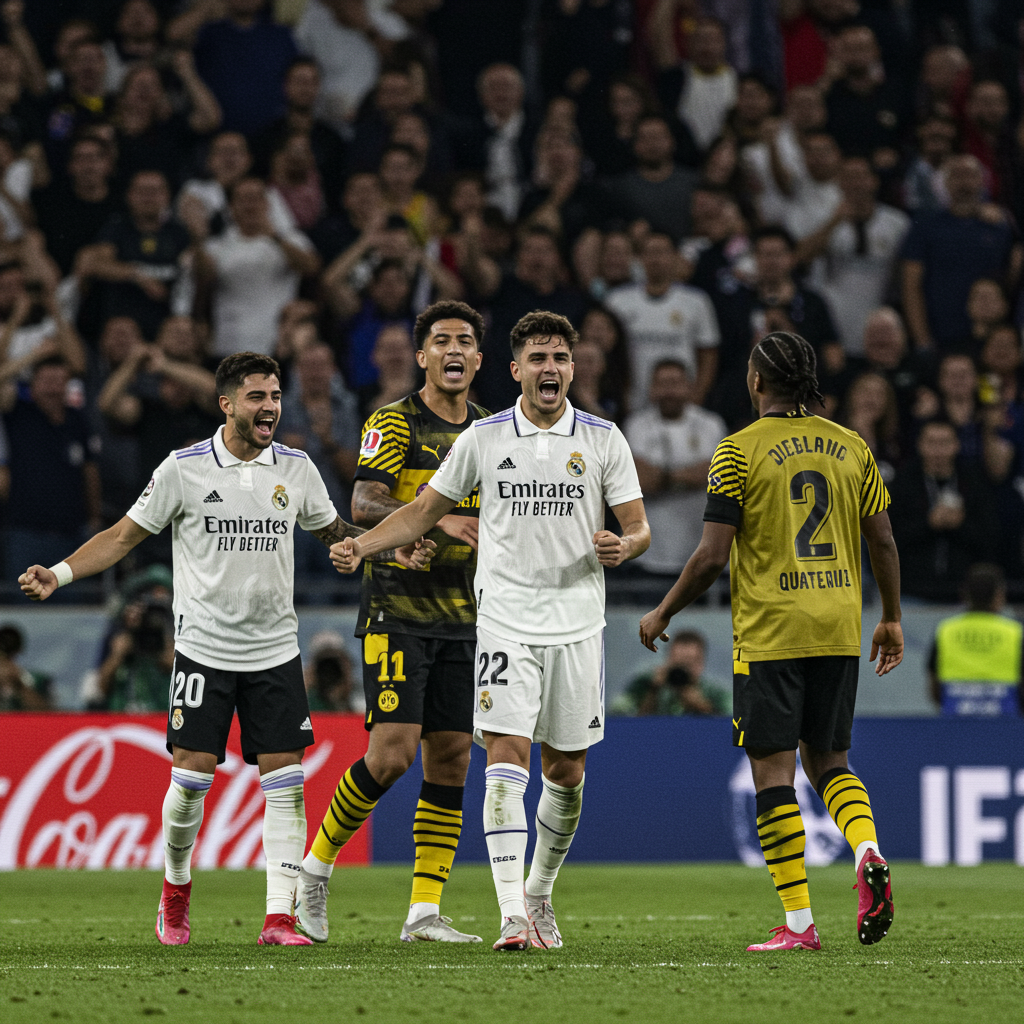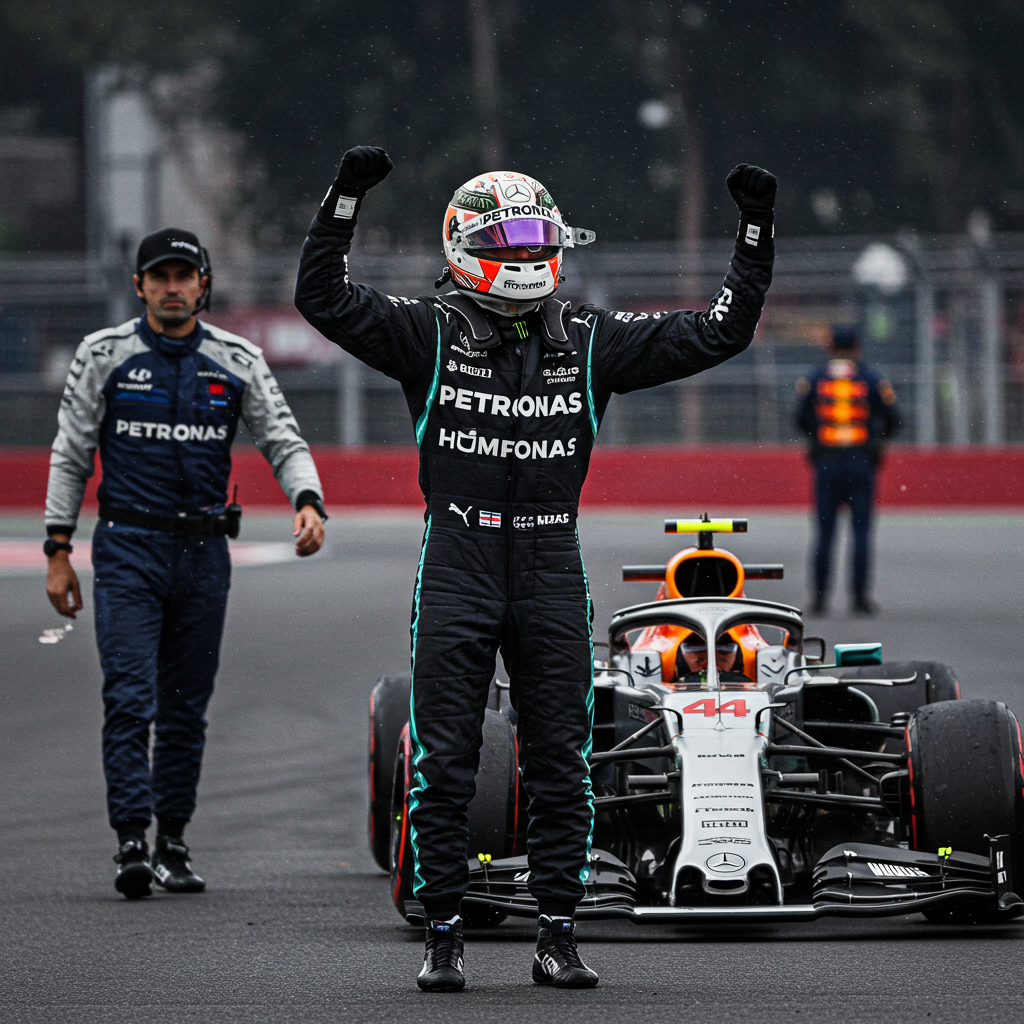On a warm July evening in Los Angeles, history unfolded under the bright lights of Dodger Stadium. Pitching icon Clayton kershaw achieved a monumental milestone, recording the 3,000th strikeout of his storied Major League baseball career. This indelible moment instantly etched his name further into the pantheon of baseball’s greatest hurlers.
The historic pitch came in the sixth inning against Chicago White Sox third baseman Vinny Capra. Kershaw delivered an 85 mph slider, a pitch that has defined his later career, and Capra was caught looking for strike three. The crowd, already buzzing with anticipation, erupted in a thunderous roar. Dodger Stadium vibrated not with surprise, but with profound appreciation for witnessing such a rare achievement.
Joining Baseball’s Most Exclusive Club
Reaching 3,000 career strikeouts is an extraordinary feat. Clayton Kershaw became only the 20th pitcher in the entire history of Major League Baseball to join this elite group. Considering that over 23,000 players have appeared in the big leagues, this places Kershaw in truly rarified air.
The list of pitchers with 3,000 or more strikeouts reads like a roll call of the sport’s legends. Among left-handers, Kershaw is just the fourth to achieve this milestone, joining the formidable company of Randy Johnson, CC Sabathia, and Steve Carlton. His accomplishment becomes even more unique because he did it while wearing the same uniform for his entire 18-season career. Only two other pitchers, Bob Gibson and Walter Johnson, reached 3,000 strikeouts playing solely for one franchise. Kershaw stands alone as the only left-handed pitcher to achieve this unique combination of longevity, dominance, and team loyalty.
Dodgers manager Dave Roberts perfectly captured the sentiment after the game. “I think I can speak for everyone,” Roberts said. “We witnessed history.” He added that reaching 3,000 strikeouts felt like “the last box for Clayton to check in his tremendous career,” emphasizing how special it was to achieve it at home in front of the Dodger faithful.
A Milestone Against the Modern Game’s Tide
In contemporary baseball, reaching pitching milestones like 3,000 strikeouts is becoming increasingly challenging. The sport has evolved dramatically over Kershaw’s career. Analytics departments often dictate pitch counts, innings limits are common, and bullpens are utilized earlier and more frequently. Starting pitchers rarely go deep into games or pile up strikeout totals the way they did in previous eras.
“Guys don’t punch out 12 or 13 guys a game anymore,” Dave Roberts noted. “They don’t get 33 starts. This just isn’t supposed to happen.” Yet, Clayton Kershaw defied these modern trends.
Rookie teammate Jack Dreyer, who wasn’t born when Kershaw started his career, highlighted the veteran’s remarkable adaptability. “He’s been playing in the big leagues since I was 9,” Dreyer remarked. He praised Kershaw’s ability to evolve his pitching style over nearly two decades, transitioning from raw velocity and a sharp curveball early on to pinpoint command and refined strategy as his career progressed. “The way he’s adapted through every version of himself… that’s what makes him special. That’s what makes him eternal.”
Dreyer succinctly summarized Kershaw’s resilience, stating, “I think he encapsulates the idea of adapt or die. Most guys fall off. He evolved.” Kershaw himself acknowledged the game’s changing landscape, suggesting that many talented pitchers today might be capable of 3,000 strikeouts but simply won’t get the necessary opportunities due to workload management and pitching strategies.
Rarity Defined: Beyond Just Statistics
The 3,000-strikeout club is arguably more exclusive than several other celebrated baseball milestones. To put it in perspective, there have been 326 no-hitters and 24 perfect games thrown. 33 players have reached the 3,000-hit mark. Reaching 3,000 strikeouts requires a unique confluence of factors: exceptional pitching talent, sustained health over many years, remarkable longevity, and consistent opportunity to start and pitch effectively.
The physical and mental grind required to maintain dominance for 18 seasons, especially for a pitcher, is immense. Clayton Kershaw has navigated injuries and adjustments, constantly finding ways to get hitters out. His enduring presence is a testament to his skill, dedication, and intelligence on the mound.
An Emotional Moment at Kershaw’s Cathedral
As Kershaw walked off the mound after securing strikeout number 3,000, the sold-out crowd of nearly 53,536 fans rose in unison. A prolonged, heartfelt standing ovation washed over the southpaw. Kershaw stood in front of the Dodgers dugout, hat removed, visibly overcome with emotion, waving to the fans who have adored him since his debut in 2008.
The scoreboard at Dodger Stadium lit up, proudly displaying the milestone in bold white letters: “3,000 STRIKEOUTS — CLAYTON KERSHAW”. Teammates poured out of the dugout to offer congratulations, embracing their leader. His wife, Ellen, wiped away tears from her seat, while his children beamed with pride nearby. The entire baseball world paused to acknowledge the quiet intensity of a man who has never sought the spotlight but consistently delivered in crucial moments.
This wasn’t the first historic strikeout milestone at Dodger Stadium; Max Scherzer achieved his 3,000th wearing Dodger blue in 2021. But this one felt different. This was Kershaw’s moment, on his mound, in the park that has been his baseball home for two decades.
The Unbreakable Bond with the Dodgers
Beyond the numbers, Clayton Kershaw’s legacy is intrinsically tied to the Los Angeles Dodgers. He has given his entire career to one franchise, a rarity in the modern era of free agency. Every fifth day, every spring training, every postseason, he has worn the Dodger uniform with pride and dedication. He is the face of consistency for the organization and embodies a loyalty seldom seen.
Rookie pitcher Justin Wrobleski called Kershaw the “best left-handed pitcher” he’d ever seen. He added, “It’s crazy. We might never see this again.” This speaks not just to the raw talent but also to the enduring commitment to one team.
Kershaw’s resume was already Hall of Fame bound before this milestone. It includes three Cy Young Awards, an MVP title, a coveted World Series ring, ten All-Star selections, and a no-hitter. His career ERA has consistently hovered around a remarkable 2.50. The 3,000th strikeout is a fitting, additional badge of honor on a career defined by excellence and unwavering loyalty.
Years from now, baseball fans will recount the story of Clayton Kershaw, the dominant southpaw who pitched his entire legendary career for the Dodgers. They will talk about his curveball, his command, his competitive fire, and milestones like this one. His 3,000th strikeout is more than just a statistic; it’s a chapter in his incredible story, a symbol of enduring greatness in a rapidly changing sport.
On that memorable night, underneath the palm trees and soft sky of Dodger Stadium, Clayton Kershaw didn’t just strike out a batter. He cemented his place in baseball eternity. One pitch, one strikeout, one legendary Dodger, forever etched in history.
Frequently Asked Questions
How rare is reaching 3,000 strikeouts in MLB history?
Reaching 3,000 career strikeouts is exceptionally rare. Clayton Kershaw became only the 20th pitcher in Major League Baseball history to achieve this milestone. Given that tens of thousands of players have competed in the big leagues, this places him in a highly exclusive group. It is considered one of baseball’s most significant pitching achievements, rarer than milestones like throwing a no-hitter or reaching 3,000 hits.
Which other pitchers reached 3,000 strikeouts with a single team?
Clayton Kershaw is one of only three pitchers in MLB history to record 3,000 or more strikeouts while playing his entire career for a single franchise. The other two pitchers who achieved this remarkable feat of longevity and team loyalty are Bob Gibson, who pitched for the St. Louis Cardinals, and Walter Johnson, who played for the Washington Senators. This makes Kershaw the only left-handed pitcher in this exclusive “one-team” club.
Why is reaching 3,000 strikeouts harder for modern pitchers?
The evolving nature of modern baseball makes reaching 3,000 strikeouts significantly more challenging than in past eras. Contemporary strategies often prioritize limiting pitcher workloads through pitch counts and innings limits. Bullpens are utilized more frequently and earlier in games. Starting pitchers often do not stay in games long enough to accumulate the high strikeout totals per start or make the consistent number of starts needed over many years to reach such a high career total, regardless of their talent level.



